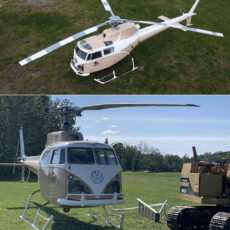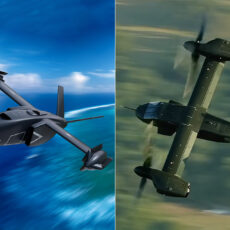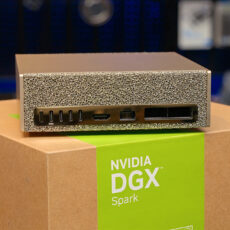
Lockheed’s Sikorsky engineers began with a leftover US Army UH-60L Black Hawk. They purchased the helicopter earlier this year and converted it into something altogether new: the S-70UAS U-Hawk, an autonomous aircraft. The entire project, from initial sketches to a working prototype suitable for presentation, took only 10 months.
Crowds at the Association of the United States Army convention in Washington got their first close glimpse this week. The U-Hawk sat there, its iconic Black Hawk design changed just enough to suggest greater possibilities. Engineers disassembled the cockpit, seats, and all areas where a crew could sit. They were replaced by clamshell doors in the front and a fold-down ramp for loading. These improvements increased the interior space by 25% over the conventional Black Hawk. Cargo that earlier had to be squeezed in now slides straight in, and the helicopter maintains its overall weight restriction.
- 2 AVIATION LEGENDS, 1 BUILD – Recreate the iconic Boeing 747 and NASA Space Shuttle Enterprise with the LEGO Icons Shuttle Carrier Aircraft (10360)...
- DEPLOY LANDING GEAR – Turn the dial to extend the massive 18-wheel landing system on your airplane model, just like real flight operations
- AUTHENTIC FEATURES & DETAILS – Remove the tail cone, engines, and landing gear from the NASA shuttle and stow them in the cargo bay during flight
Ramsey Bentley, the director of strategy and business development for Sikorsky’s advanced programs, guided reporters through the revamp during the show. He pointed to the vacant space where the nose used to wrap around the pilot’s perspective. Now, that area invites autonomous ground vehicles and rocket pods. “We removed the nose and rebuilt it with those doors and ramp,” Bentley explained. On the first day of the event, a Hunter WOLF unmanned ground vehicle from HDT rolled out onto the floor as the doors opened—a live demonstration that elicited nods from the generals in the room.
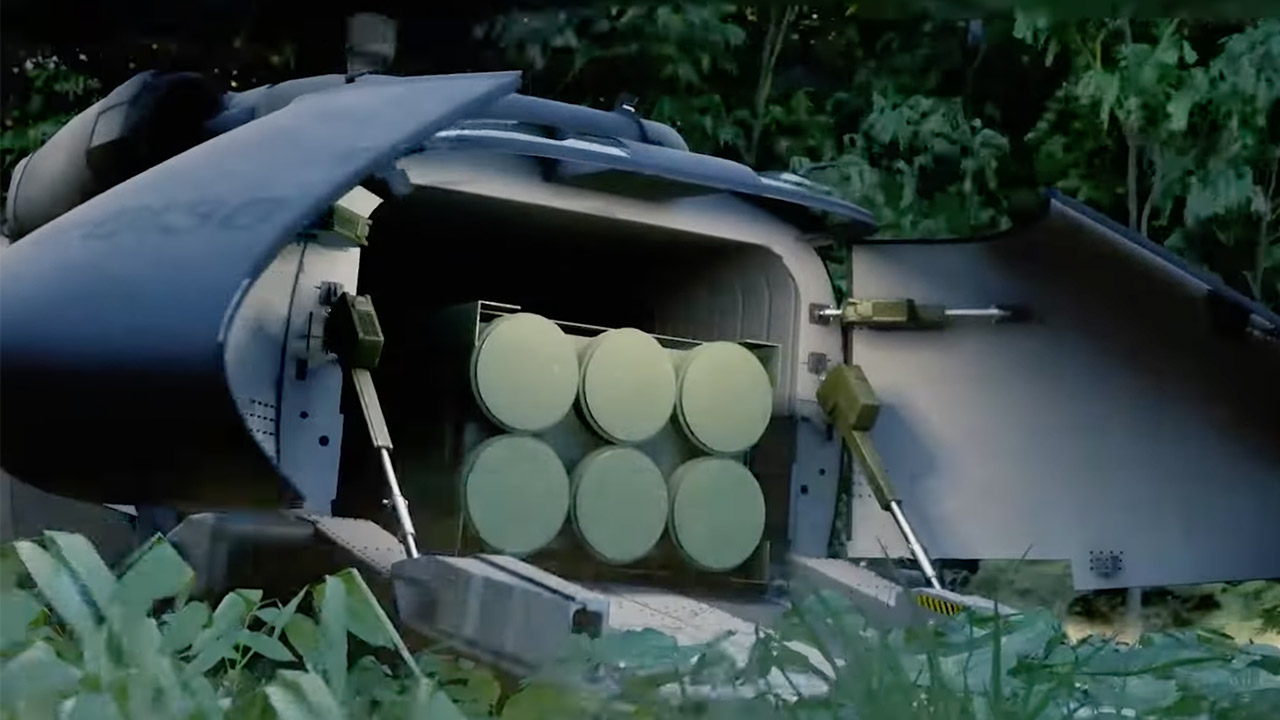
As you go deeper into the specifics, more payload options become available. Internally, the U-Hawk can support up to 7,000 pounds, which is an increase from what the original could carry without strain. The external cargo hook, rated for 9,000 pounds, brings the total to 10,000 pounds. Logistics becomes simple: three Joint Modular Intermodal Containers or a full HIMARS pod with six rockets will fit inside. Two Naval Strike Missiles are stored in the cabin for use during strikes. Even fuel tanks may be slid in for longer trips—up to 1,600 nautical miles without stopping, or 14 hours hovering above a location.
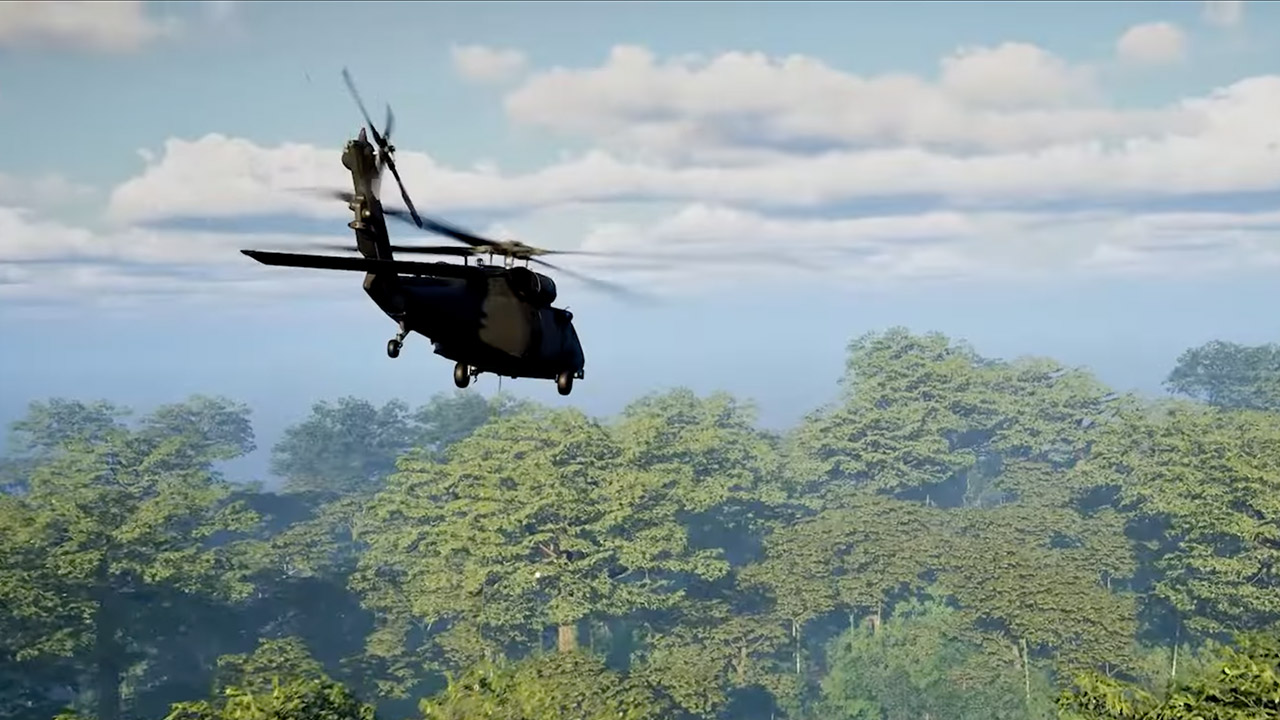
In an air assault, the U-Hawk leads the way. It gets into the landing zone first, launching effects through side doors before the troops arrive. These effects – small drones armed with sensors or explosives – launch from quivers attached to the cabin walls. A short-range quiver can hold 50, a medium quiver 24, and long-range ones can be clipped onto external racks. Once the drones are deployed, the helicopter lowers its ground vehicle and gets out of the way, preparing the area for “metal-to-metal first contact” as the Army calls it – the moment when human soldiers touch the ground.
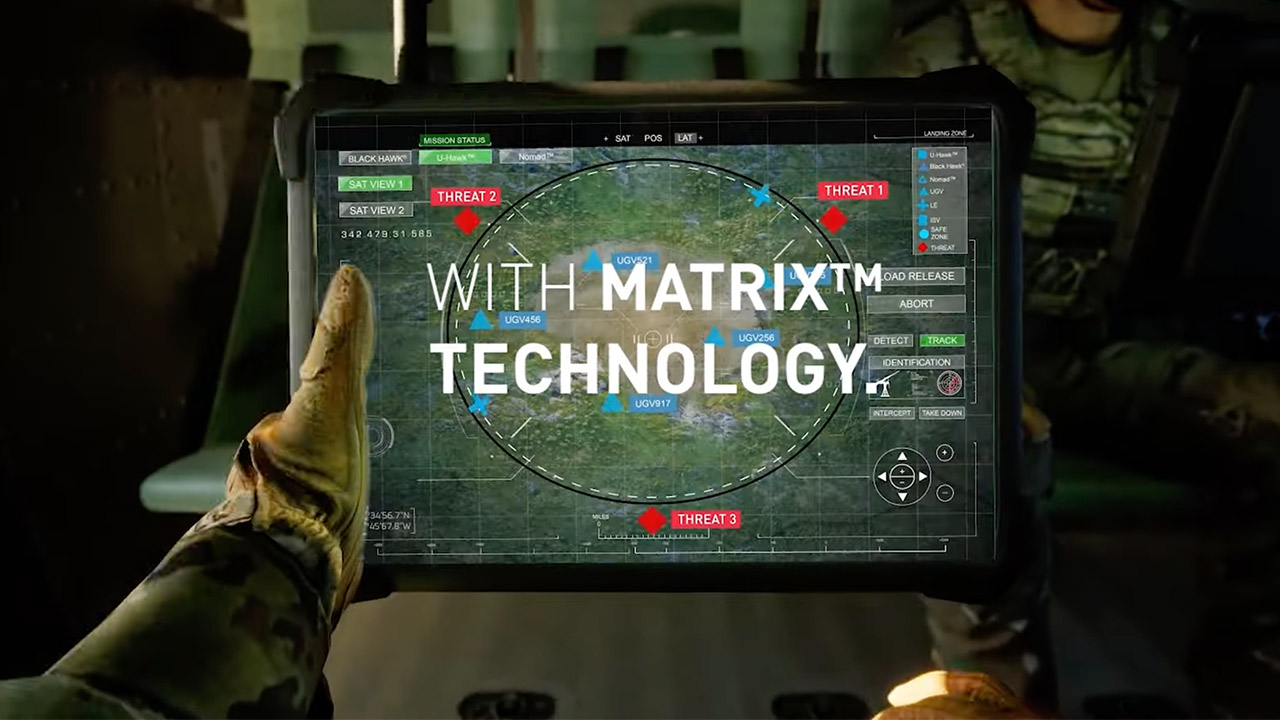
Operators control the whole process from a single tablet. No flight school required. A soldier taps to start the engine, selects a location and the MATRIX system takes over. That program, which came from previous DARPA work, uses onboard cameras and sensors to calculate the route. It avoids obstacles, adjusts for weather and lands exactly without human intervention. The doors also reverse their sequence: ramp up, clamshell close and off it goes. Side doors remain for rapid loads, just like the manned version. With this build, cost is brought in early. Sikorsky wanted to make the U-Hawk cheaper to operate and maintain than its predecessors.



